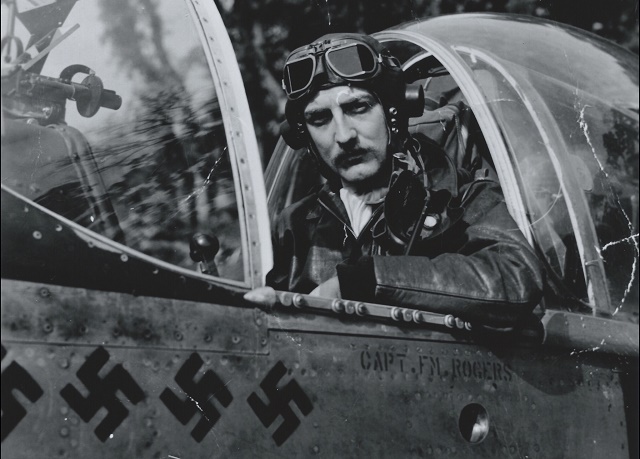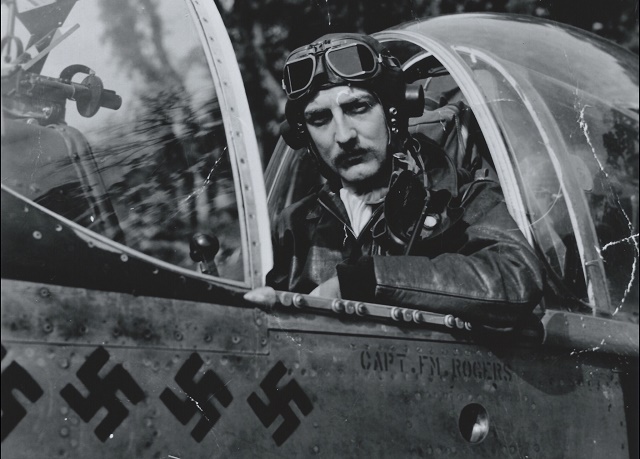Earlier this year, in February, a pilot’s equipment was found in an old basement near the National Zoo. The basement in question was located in an apartment building in which a veteran of the Second World War used to reside. After his death in 2011, an effort was made to clear away his old belongings. This inadvertently led to the discovery of a trunk full of pilot’s equipment, which did not actually belong to the veteran in question.
Ace Rosner was the man that was first suspected to have owned the trunk. It was assumed to have been relatively untouched for about sixty years, less than ten years following the end of the Second World War. Jaime Steve, a friend of Rosner’s, was called to clear it away. That was when he found the pilot’s equipment, discovering upon inspection of the trunk itself that the gear inside did not belong to his friend. Although Rosner would have been a likely candidate as a WWII veteran and CIA man, the trunk was labelled as having belonged to a man named Major Felix Michael Rogers.
As Steve would eventually discover, Rogers had lived in the same apartment building several years after the war ended. Like Rosner, Rogers had died a relatively short time before the trunk full of pilot’s equipment was discovered. In fact, as Steve would learn from the airman’s family, he had only died a few weeks before Steve made contact. According to the airman’s daughter, there was likely a connection between Rogers and Rosner, in that the former likely asked the latter if he would mind storing a few things after he had to take a government position in Spain, the Journalgazette.net reports.
Rogers was an accomplished airman, having netted himself at least a dozen kills and working his way up from private to major by the end of the war. By the time he retired a few decades later, he was a four-star general. The pilot’s equipment found in the trunk includes a notebook that he kept in flight school. It also contains his dog tags and three of his medals. One of these medals is the Distinguished Flying Cross, a tribute to his remarkable skill. He also kept a prayer that was written by hand, and a four-leaf clover. Given his medals and his fair life span, it would appear that his superstition served him well.
His daughter, Ginna Rogers-Gould, was touched by the chance to see her father’s pilot’s equipment. She was equally touched that Steve had taken the time to ensure that these belongings made it to the Rogers family. What she may not know is that he is already on a subsequent mission of a similar nature. Fresh from delivering the pilot’s equipment to the Rogers family, Steve has begun investigating a similar collection of WWII memorabilia belonging to a man who helped to free prisoners from Buchenwald.Pilot’s Equipment

